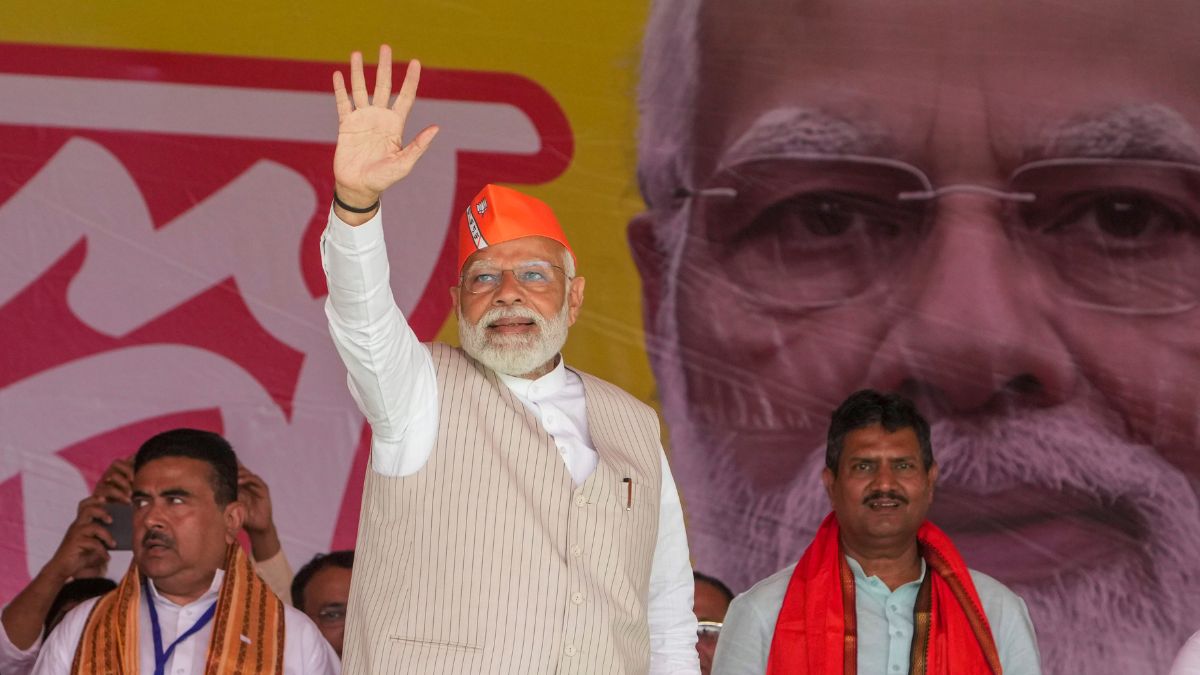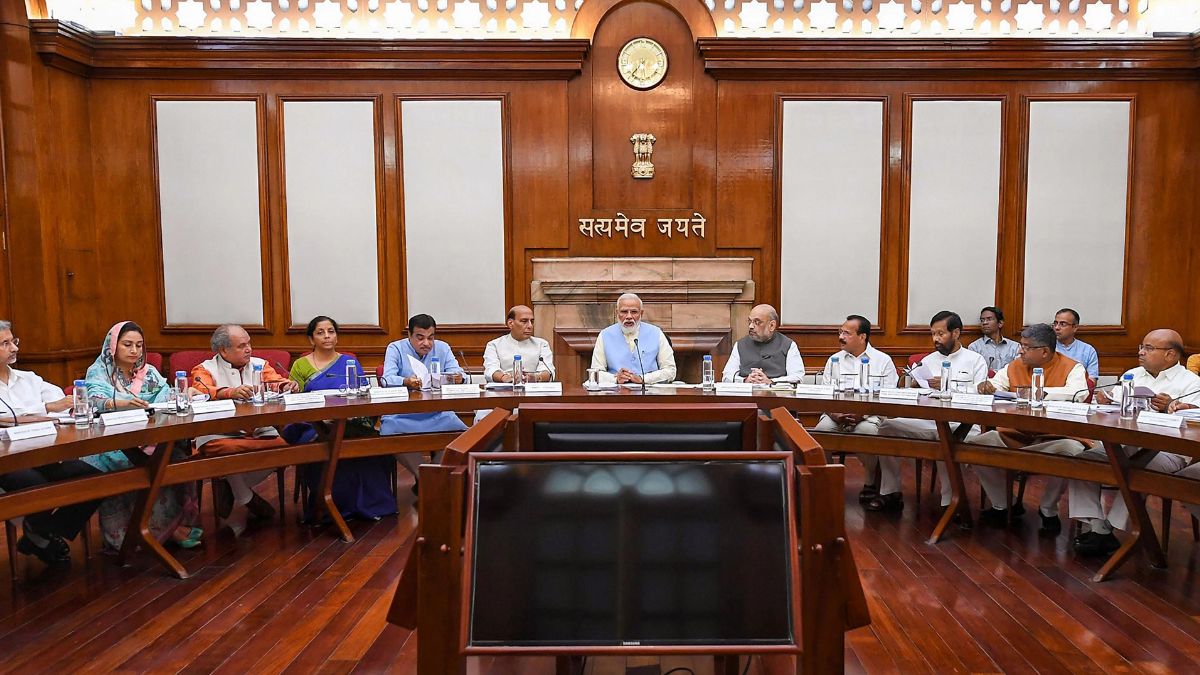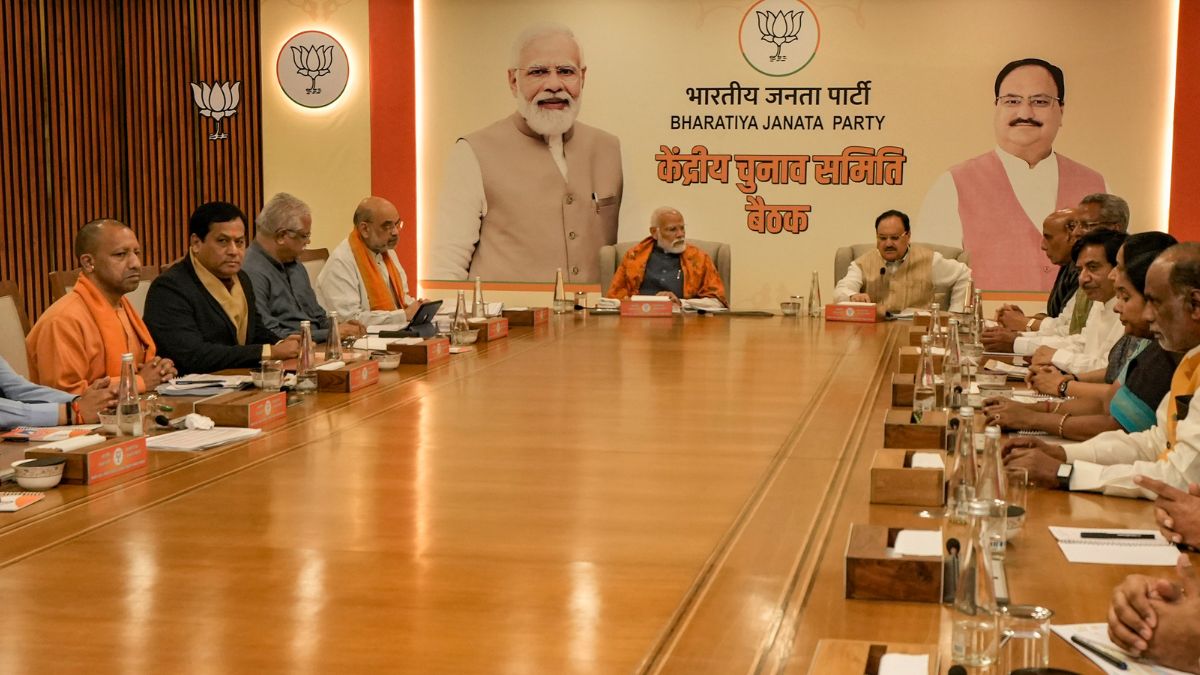How does one analyse and assess Prime Minister Narendra Modi’s just-ended five-day maiden visit to the United States? Well, there should be two different sets of mark sheets for doing this. One should relate to the political quotient and the other to strategic and diplomatic aspects.
On the political side, PM Modi has come up trumps and scored ten out of ten in his reach-out to the Indian Diaspora during the New York leg of his tour. The Amul advertisement hit the nail on its head by showing Modi’s Madison Square Garden event as “Modison Square”. That should make it clear that he brilliantly achieved his political objectives in a country that had blocked his visa for his alleged sins of omission and commission for the 2002 events in Gujarat.
Modi successfully projected his image as a rock star at Madison Square Garden, ironically the same place where he was supposed to address a similar event way back in 2005 when he was denied the US visa. Therefore, it was an issue of personal pride for Modi and he did extremely well in coming up with a a superlative performance.
At the same time, Modi would do well to remember that he visited the US not in his individual capacity but as the Prime Minister of India where the visa issue was not material as no country, not even the US, would be foolhardy to deny a visa to an Indian Prime Minister. But international diplomacy is completely a different ball game. While Modi was completely at home during the New York leg of his US tour, he appeared a different persona when he engaged with top American leadership at the high table on serious issues.
The Washington leg of Modi’s US tour was all important. The Indian Prime Minister’s performance in a bilateral visit to a foreign country has to be judged by whether he was able to take India’s bilateral relationship with that country to a new level. Sadly, on this count, Modi left much to be desired. The Washington leg was drastically different from the New York leg of Modi’s US tour. His success, or lack of it, would be determined by what he achieved during his talks with his top American interlocutors.
Modi was not able to put Indo-US relations on a higher trajectory. The Americans are far more shrewd businessmen than Modi. The Americans are not much swayed by hype and hoopla that characterised the New York leg of Modi’s US tour. This is clearly demonstrated by the fact that in New York Modi announced that American citizens would be granted visa on arrival in India. On his part, Modi was acting rather cleverly; fully conscious of the fact that shortly later he would be engaging with the American government at the highest level. He knew that visa is a tricky issue in Indo-US relations and sought to pre-empt the Americans by his largesse.
But the Americans were unmoved. Not only the American leadership did not acknowledge Modi’s gesture – leave alone the idea of thanking him, or, on a more ambitious scale, reciprocating the gesture – the Obama administration remained silent on India’s concerns on the visa issue.
It is true that the US extended by another decade the defence cooperation agreement that was due to expire in 2015. But that is hardly an achievement and Modi certainly cannot claim credit for that. The Americans need India, irrespective of who is leading India. They would have done the same even if anyone else were to be India’s Prime Minister.
Another “achievement” the Modi government may claim credit for pertains to the United States’ stated resolve for getting after India-centric terror outfits like Lashkar-e -Taiba and individuals like “global terrorist” Dawood Ibrahim and the reported American pledge to help bring Dawood to justice. But then the proof of the pudding is in eating. The Americans never bothered about India’s sensitivities about Dawood and Pakistan-centric terror outfits even when Indo-US relations were in the pink of health between 2005 and 2009. Today’s ground realities suggest nothing about a sudden change of heart of the Americans.
Moreover, Modi’s US visit failed to resolve long-pending tricky issues like the civilian nuclear cooperation deal that has been lying moribund since October 2008. On trade-related issues, India and the US continue to vastly divergent and the American anger over Modi government’s stand on WTO is unmitigated, though the Modi government’s WTO policy is in larger Indian national interest.
On defence issues, the US was reported to be keen on signing several crucial deals entailing American readiness for co-development and co-production and transfer of technology with respect to several strategic weapons, but nothing came out during Modi’s trip to the US.
On investment, while Modi managed to get Japan to pledge $35 billion investment in India for the next years and eked out a $20 billion pledge from China (which actually runs into $30.4 billion), the Americans made no such investment pledges for bolstering the Indian industry.
In conclusion, Modi the politician scored big in his just-concluded US visit, as the Prime Minister of India he achieved little in turning around the India-US relationship. Modi’s trip to the US was high on pageantry and hype but low on concrete deliverables.
The writer is Firstpost Consulting Editor and a strategic analyst who tweets @Kishkindha.


)




)
)
)
)
)
)
)
)